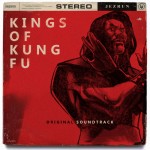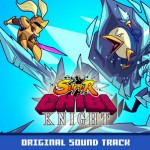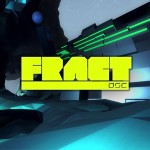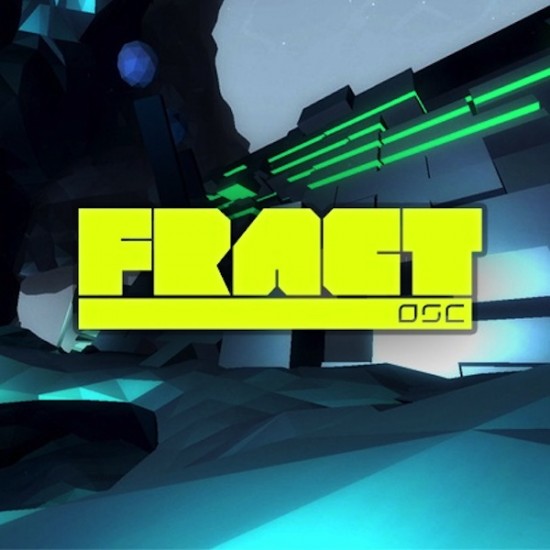
Yes, you are reading the title of this review correctly. This is a review of an entire game, rather than just the soundtrack. It seems like an unusual move for Original Sound Version, but this game proves to be an interesting exception. FRACT OSC is a game that is focused on the creation of music as its primary gameplay mechanic. It goes far beyond the usual use of interactive music in a game setting. While we could do a simple review of the soundtrack itself, it’s almost impossible to discuss the music without going into detail how the music is generated in the game. That said, it seems more appropriate to actually discuss the game, as well as the music. So consider this a review an analysis of both the game and the soundtrack.
As mentioned in our PAX East preview, FRACT OSC is a first-person exploration game that revolves around the creation of music. The game was created by Richard E Flanagan, Quynh Nguyen, and Henk Boom of Phosfiend Systems. The gameplay is similar to exploration games like Myst or Riven. It’s all about the puzzles and exploration, with your progress only limited by your ability to solve problems. Originally the game was set to have multiple worlds with each world focusing on different music elements. One world, for example, would be centered around drums and rhythm. Eventually realizing that this approach might be a little too ambitious, the creators scaled it down to one world focusing on synthesizers and oscillation. Hence the subtitle OSC, short for oscillator, in the game’s name. An oscillator, in this case, is referring to the electric circuit that is used to generate electronic sound waves. So does the final product live up to its original premise? Read on to find out.
The first thing that struck me about FRACT OSC was the visual style and how it configures with the music. Most of the world’s background is in shades of black and grey. At the game’s start, you are dropped into a dark shadowy space. There is no music in the world, but as you start to turn on different machines and create music with them the world begins to experience color. There are three primary colors associated with the music. There are lead sounds, color coded fuchsia pink; synth pads, colored bright green; and bass tones, colored light blue. It creates a visual style which mimics the neon light aesthetic of the Tron movie franchise. In this opening section you are shown how to activate devices and interact with them. This is primarily done by engaging a scanner mode, similar to the one used in the Metroid Prime series, that allows you to manipulate the various machines in the game environment. As you activate the devices they start to generate tones and light up in their corresponding colors, adding liveliness both visually and audibly to the game world.
Once you’ve finished the brief tutorial section, you are dropped into the main world. From this point on the game will give you no hints or instructions. You are on your own to figure out the puzzles and navigation in this environment. This is really where the Myst comparison comes into play. Everything you figure out has to be done through your own observations and actions. While that may be frustrating for some, I am the type of player who enjoys this sort of challenge. Even when seeing a new puzzle mechanic, the game gives you no indication on how you’re supposed to get something to work. The only way to proceed is to experiment and see what happens.
The main world is divided into three areas, each corresponding to the previously mentioned synth types and colors. Solving the puzzles is where this game gets very interesting in terms of the music. Each puzzle involves creating a music pattern in one form or another. For example, one set of puzzles in the bass tone (blue) region requires you to create a set of sounds through a circuit system that will activate all the working parts of a machine.
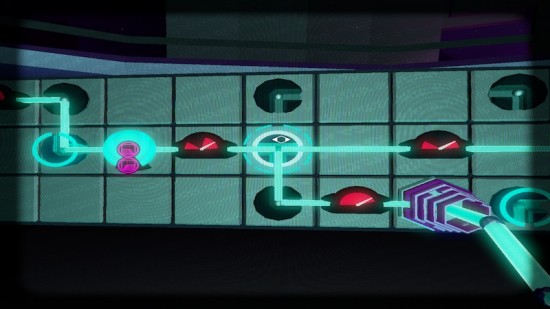
As you adjust different knobs and circuit connections, you alter the music pattern that the machine is creating. Some will change the overall tone of the synthesizer, while others add new notes to the pattern. The music starts out fairly simple, but as you get closer to a solution the complexity of the piece increases. This helps bring the lively synth music to the immediate attention of the player. Once you create a set of music that activates every part of the machine, a new path opens for further exploration. Each machine that you work on in this game is essentially a synthesizer instrument. The active machines are what generate the game’s soundtrack. So in a sense, by creating music tones and patterns to solve puzzles, you are actually helping build the world’s soundtrack. The game itself is a complex synthesizer. As you progress through the game, the active machines bring the game world to life, both visually and audibly.
Now you may be thinking that since there are specific solutions to these puzzles, there must be a specific piece that gets generated for every puzzle. This isn’t always the case. While there are many pieces and patterns that specifically form by composer Alex Taam’s design, a number of puzzles can be solved in a few different ways. I even observed someone creating a solution that the developers hadn’t thought of, when I previewed the game at PAX East. This can result in different variations of the final piece of music. While certain puzzles result in a specific music solution and pieces, there’s plenty of room for player creativity and improvisation.
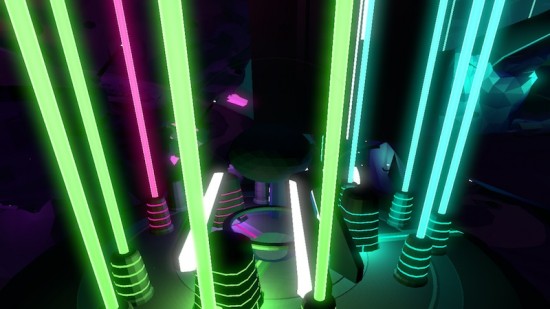
Now if the aspect of creating music intimidates you, don’t worry. You actually don’t need to know too much about music to be able to solve the puzzles in this game. In fact many of the puzzles are showing you how different synth effects can alter the sound. It may not be something that you catch onto immediately, but by applying simple guesswork and logic you can solve the game’s puzzles without needing any previous music training. You will definitely need the ability to listen to what is changing in the sound as you manipulate the puzzles, but it’s an experience that both musicians and non-musicians can enjoy.
You may wonder how the game gives you the freedom to make these music choices, without the music sounding dissonant or unlistenable. Without getting too complicated with the concepts of tonality and interactive music structures, the answer is that the music is almost exclusively using the pentatonic scale. This scale, which you might guess from the name, consists of only five pitches and can be played together fairly easily without causing a large amount of dissonance. This design choice by the developers gives the player freedom to experiment with the music, without anything sounding unpleasant or “wrong”. Despite the limitations that are set on the music, the soundtrack is varied enough to maintain the listeners attention throughout the game. Music in each game section focuses on that area’s specific sound. The lead synth section focuses on arpeggios and melodic riffs, the synth pad section has plenty of sustained tones and chords, and the bass synth section incorporates some great rhythmic bass patterns. It all adds up to some excellent music that you help bring about as you progress through the game.
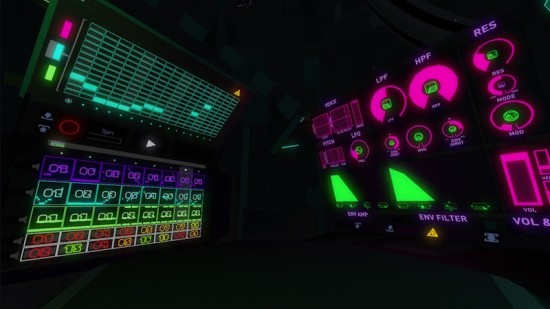
One of the other interesting features of the game is the studio mode. As you explore and activate machines, you unlock different synthesizer instruments and effects in this studio. This studio is actually in the beginning section of the game, but you can also access it via the game’s menu. The studio allows you to create music sequences and patterns using the tools you’ve learned to use while playing the main game. You can even export your music creation as an audio file to share with people or to upload on your own music device. It’s a clever way to introduce people to the world of synthesized music and it will be interesting to see what players come up with on their own.
To conclude, FRACT OSC is a great game with an imaginative premise that will appeal to musicians and non-musicians alike. The way that the music is incorporated into the game’s visuals and premise makes it something new and engaging, while still relying on the exploration formula that many gamers still enjoy. The game not only stimulates the player on an intellectual level, but it also introduces the idea of music creation in a way that is accessible. If you are not a big exploration game fan this might not be the game for you. For those who are, this is definitely a game worth checking out. In addition to the game, FRACT OSC‘s excellent soundtrack by Alex Taam is also available on Bandcamp. This provides a version of all the game’s music elements in their full glory, combined into complete pieces. FRACT OSC can be purchased GoG, Steam, PC, Mac, and the Humble Store.
Tags: FRACRT OSC, Game Review, Game Reviews, Henk Boom, Indie Game Music, Indie Games, Interactive Audio, Music Software, Ouynh Nguyen, Phosfiend Systems, Reviews, Richard E Flanagan, VGM





























